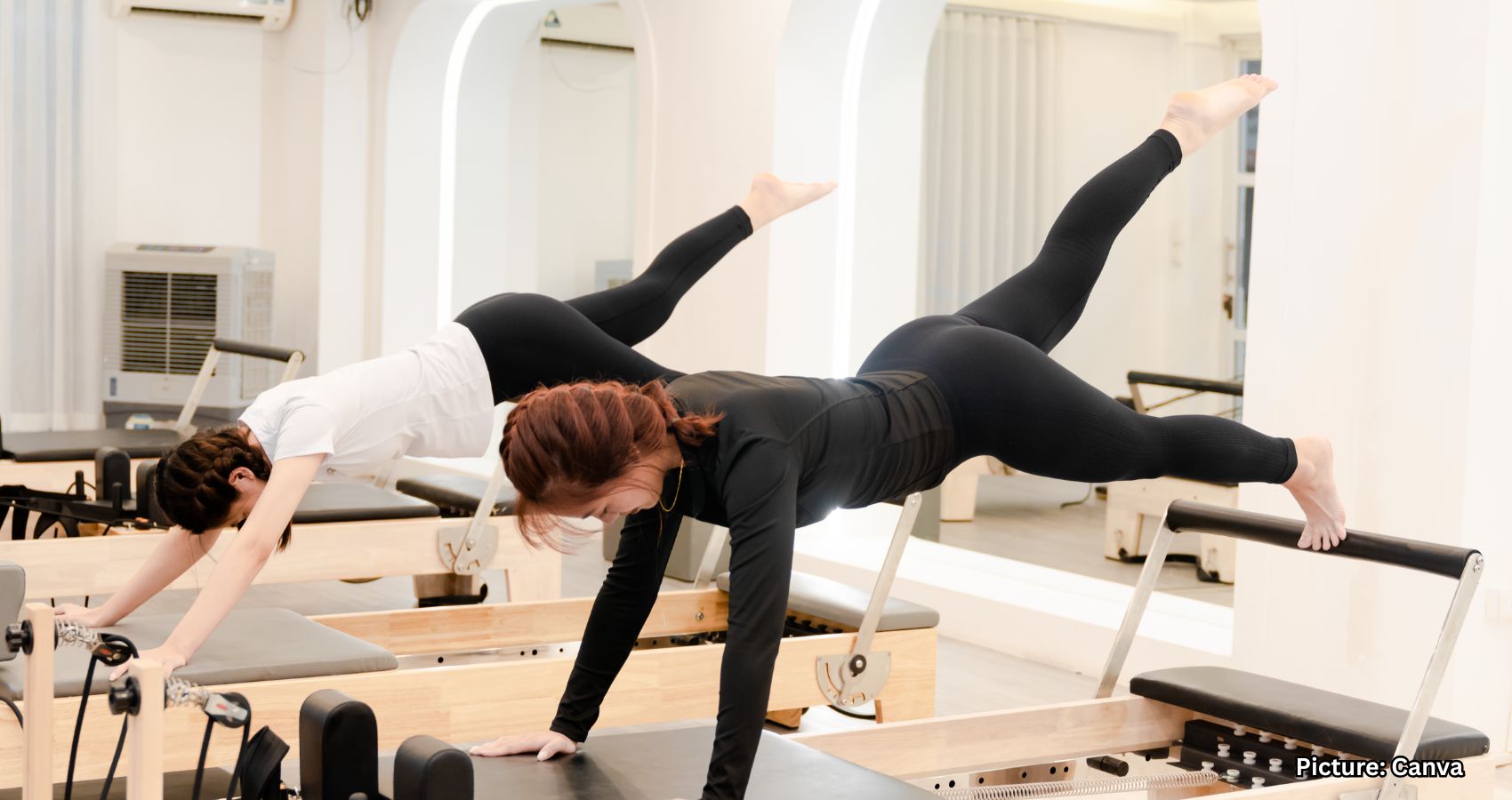This fall, the “Great Lock-In” trend encourages individuals to reset their routines and build healthy habits ahead of the holiday season, according to wellness experts.
This autumn, many are embracing a fresh start well before the new year. The “Great Lock-In” trend, which has gained traction on social media, focuses on utilizing the season’s natural slowdown to refine routines, cultivate healthy habits, and reset before the holiday rush.
Experts from various fields have shared strategies to maximize the benefits of this trend and truly “lock in” positive changes.
Laurie Singer, a licensed psychotherapist and behavior analyst based in California, emphasizes the importance of identifying clear, achievable goals. “The act of achieving a goal, no matter how small, propels us forward,” she explains. Singer suggests starting with “small, attainable and realistic goals” and maintaining a weekly task list that includes five to ten items to check off and celebrate.
Examples of these small goals might include taking a 15- to 20-minute morning walk, enjoying a healthy breakfast, or writing down one positive occurrence from the day. “The physical act of checking off the items will leave you with a positive feeling of accomplishment,” Singer notes. These small successes build confidence, which can motivate further progress.
Registered dietitian nutritionist Lauren Harris-Pincus echoes the sentiment that steady, realistic actions are crucial for success. She points out that only 10% of Americans consume the recommended amount of fruits and vegetables daily. “Committing to adding one serving of produce per meal is a simple objective that will bring multiple health benefits,” she advises.
Harris-Pincus also cautions against the pitfalls of perfectionism and guilt. “We are all human. Life happens, and it’s important to give ourselves grace when it comes to our own self-judgment and evaluation of success,” she says.
Marc Santa Maria, vice president of group fitness at Crunch Fitness in New York, warns against the common mistake of “going too hard too soon.” He explains that the “all or nothing” mentality often leads to burnout or injury. Instead, Santa Maria recommends starting with two or three 30-minute sessions a week, choosing enjoyable activities like walking or stretching.
As individuals progress, they can gradually introduce more challenges and accountability, such as enlisting a friend for support or setting shared goals. “I see many people give up on their plans because they’re only focused on the goal and not the process,” Singer adds. “We have to walk before we run.”
Once individuals have established their focus, it is essential to anchor it in reality. Harris-Pincus suggests selecting a single nutrition habit to work on, such as meal prepping or incorporating a half-cup of beans into daily meals to enhance protein intake. “Small shifts, compounded over months, deliver real results,” she notes.
Life can often interfere with our plans, whether through illness, vacations, or work deadlines that disrupt meal prep. “The key is to swing back to your routine as soon as you are able,” Harris-Pincus advises.
For fitness, Santa Maria emphasizes that simplicity is key. He recommends scheduling workouts like appointments and even changing your phone background to an inspiring image to keep motivation high.
As life becomes busier, prioritizing sleep is crucial. “Consistent, sufficient sleep is one of the most powerful ways to support your body and its recovery,” he states.
For mental rejuvenation, Singer suggests incorporating daily micro-breaks—three to five minutes dedicated to breathing, reflecting, or jotting down a positive thought.
Experts agree that a true lock-in extends beyond the changing calendar. Harris-Pincus notes that the goal is to make these habits so ingrained that they seamlessly integrate into daily life.
To maintain progress and avoid reverting to old habits, it can be beneficial to connect with others who share similar lifestyle interests. Singer recommends engaging in activities such as cooking classes for healthier eating or joining local clubs for running, hiking, or cycling. “Surrounding ourselves with like-minded individuals provides support and reinforces our choices,” she explains.
Most importantly, Singer emphasizes, “Don’t stop engaging in the activities that brought you to where you are today.” By fostering a supportive environment and setting realistic goals, individuals can effectively navigate the fall season and emerge with lasting positive changes.
Source: Original article

